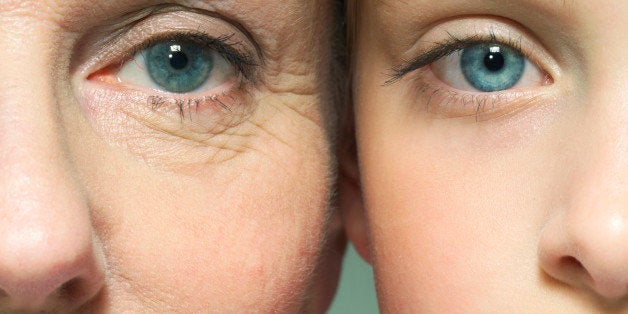
Can an old brain learn new tricks?
The answer could soon be a resounding "yes."
Scientists from the University of California at Irvine may have found a way to restore the youthful flexibility of the still-developing brain. In a study on mice recently published in the journal Neuron, the researchers were able to re-activate a younger neural state in an older brain.
While the findings are preliminary, they could one day lead to new treatments for developmental disorders -- and, eventually, perhaps even a method for rejuvenating the brain's youthful ability to learn, remember and heal itself.
When we're young, the brain is constantly reshaping itself and making new synaptic connections based on learning and experiences, in a process known as neuroplasticity. The brain lose some of this youthful plasticity as we age, and we become less capable of making new neural connections.
Rewiring the brain. The scientists transplanted embryonic neurons that express the neurotransmitter GABA from the brains of younger mice into those of older mice with a major visual impairment. GABA, which tends to decrease with age, is a chemical in the brain that helps with important functions such as vision and motor control and may play a role in controlling fear and anxiety.
In the study, the researchers used GABA transplantation to repair the visual system in a group of mice with amblyopia, a condition that prevents one eye from focusing. In a young brain, the visual system is being constantly rewired by new visual experiences -- but when that process is impaired during youth, amblyopia can result.
The GABA neurons increased plasticity in the brains of adult mice, allowing for extensive rewiring and the creation of new neural connections -- comparable to that which occurs during important stages of brain development.
"We found that the transplanted cells dramatically enhanced the plasticity of neuronal connections in the host visual cortex," Dr. Sunil Gandhi, the study's lead author, told The Huffington Post in an email. "The new plasticity occurred in the recipients when the donor animal's critical period would have happened. So, in effect, we rejuvenated the plasticity of connections in the recipient brain."
Transplanting the GABA neurons restored normal eyesight in the mice -- suggesting that a wealth of new brain connections had been formed.
“Several weeks after transplantation... the amblyopic mice started to see with normal visual acuity,” Melissa Davis, a postdoctoral fellow and another author of the study, said in a statement.
Oh, to be young again. The findings are a major first step towards scientists' ability to rehabilitate and rejuvenate the brain through procedures that activate plasticity in older, injured or developmentally impaired brains.
While this isn't quite a fountain of youth for the brain, the researchers are optimistic that the findings could open up new treatment possibilities for a range of neurological disorders, as well as avenues for future research to increase our understanding of how the brain develops.
Through transplanting GABA neurons, scientists may be able to help treat developmental brain disorders like autism and schizophrenia, and to help the brain recover from injury.
"The findings raise the promise of using GABA neuron transplantation to enhance the retraining of the adult brain following injury," Gandhi said.

